President Trump recently signed an executive order on climate change, aiming to spur the growth of American businesses and the economy by rolling back climate and energy regulations enacted by the Obama administration. While Trump is touting the job-creating benefits of loosening regulations enacted under Obama’s Clean Power Plan, critics are voicing concern over the environmental consequences of this order and skepticism over its true economic impact. What do Brookings experts have to say about the new executive order? Below are six things they’ve highlighted in recent research and analysis on the issues at stake:
1. New climate policy does not guarantee new jobs
During his campaign, President Trump made many promises to American citizens involved in the coal mining industry, including to “end the war on coal” and revive the coal economy. But with automation on the rise and the cost of renewable resources on the decline, the feasibility of these promises remains uncertain.
As the Metropolitan Policy Program’s Devashree Saha and Sifan Liu put it, “coal jobs are not coming back.” Their recommendation to President Trump is to focus on increased vocational training and education of coal workers—not putting them back into mines. As Saha and Liu see it, the revival of the coal industry will likely take the form of new coal technology, not in jobs for coal miners.
2. Rolling back environmental policy makes the U.S. less healthy and strains the economy
In response to President Trump’s order, Nathan Hultman, a nonresident senior fellow in Global Economy and Development, explores what he sees as the most likely outcomes of this new environmental policy—and they span far beyond energy. He argues that President Trump’s job growth claim refers only “to a small set of specific interests,” and that individuals outside of the coal industry may actually experience more harm than good due to environmental degradation under this new policy.
Hultman, who worked on the Obama administration’s climate and energy policy team from 2014-16 and helped develop the U.S. 2025 climate target, explains that when the Obama administration first proposed the Clean Power Plan, the EPA estimated that it could prevent “3,600 premature deaths, 1,700 heart attacks, 90,000 asthma attacks and 300,000 lost work and school days” every year. The new executive order on environmental policy could overturn this progress, Hultman says, making it harder for the EPA to justify the change to the public.
3. U.S. infrastructure is vulnerable to the effects of climate change
In a report detailing the economic impact of climate change, researchers at The Hamilton Project determined that the cost of adapting U.S. infrastructure to accommodate for climate change would be $170 billion between 2010 and 2050. As the report explains, areas of vulnerability are concentrated east of the Mississippi River due to potential rising water levels and the resulting damage to bridges. In fact, the report shows that the states that saw some of the highest turnouts for Trump in 2016 are actually those that could incur the highest costs associated with climate-related damage to infrastructure.
Moreover, if CO2 emissions continue to increase at current rates, global temperatures—and sea levels—are also set to continue rising. As the report explains, this could prove to be extremely damaging for the over 40 percent of bridges across the U.S. that are already in need of repairs.
4. Energy industry leaders are continuing to pursue low carbon investment and strategies
In a recent podcast, Brookings Fellow Samantha Gross provides insight into the energy industry’s outlook on climate and its relationship with the new administration. Gross points out that “energy industry leaders are staying the course on low-carbon investments and strategies, both in the United States and globally.” This means that despite President Trump’s executive order, industry leaders will continue to pursue lower-cost, renewable resources.
Gross also notes that “low-carbon energy policy is largely set at the state level” and although the federal government often influences state-level policy it seems that most industry and political leaders are set on pursuing a more environmentally friendly approach. If innovation is encouraged and production costs are lowered, she notes, “Renewables [will] no longer [be] a rich man’s fuel.”
5. It is possible to increase GDP and create jobs while decreasing carbon emissions
One of President Trump’s rationales for signing the new order is that he believes it will create jobs and economic growth. In a recent report, Devashree Saha and Metropolitan Policy Program Senior Fellow Mark Muro explain that spurring job growth and supporting environmental policy are not mutually exclusive.
Saha and Muro find that in recent years at least 35 countries, including the United States, have increased their real gross domestic product while reducing carbon dioxide emissions. Understanding that environmental policy is often driven at the state level, Saha and Muro explain that when it comes to how individual state economic growth relates to carbon emissions, more than 30 states have delinked growth from carbon emissions. This, Muro and Saha argue, shows that economic growth does not inevitably require emissions growth.
6. Lasting climate policy hinges on compromise
In the wake of the executive order, Governance Studies Senior Fellow Philip Wallach explores the creation and demise of the Clean Power Plan in order to derive a set of clear lessons for policymakers. As he puts it, “fighting for the Clean Power Plan has exacerbated the polarization of climate change, making a politically sustainable policy stance less likely.”
Wallach acknowledges that the Clean Power Plan will leave a lasting mark in many ways, especially the idea that in order to be effective a policy must be built to endure. As he sees it, the Obama administration’s climate program was ambitious in that it was not rooted in a steady legal foundation, nor did it have the ability to exercise active controls before the year 2022. Wallach concludes that “Policymaking without Congress in America’s constitutional system will not work, especially on matters of clear importance.”
Sumita Tellakat contributed to this post.
The Brookings Institution is committed to quality, independence, and impact.
We are supported by a diverse array of funders. In line with our values and policies, each Brookings publication represents the sole views of its author(s).

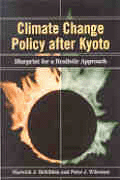
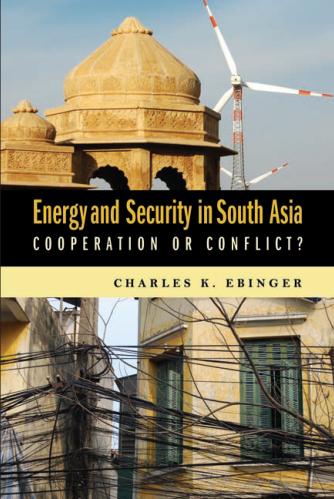

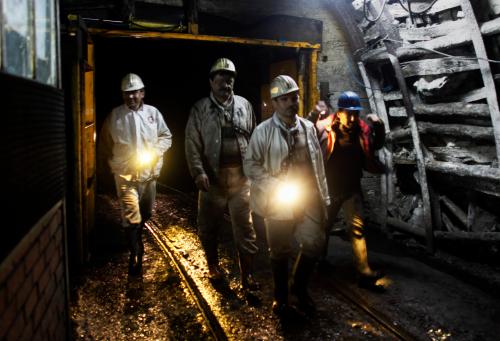
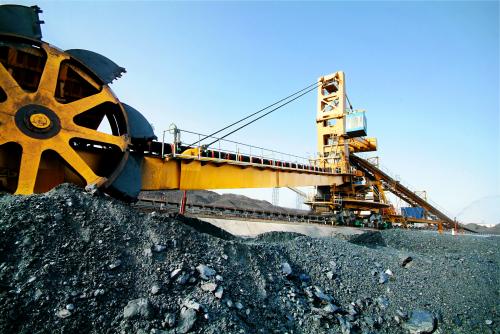
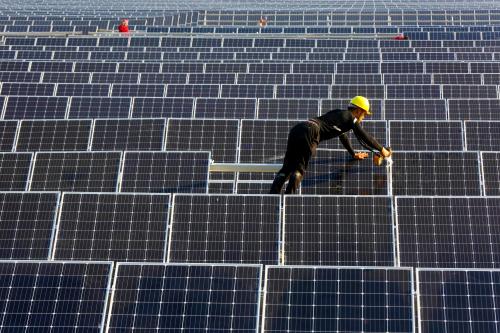



Commentary
6 things to know about President Trump’s executive order on environmental policy
April 4, 2017